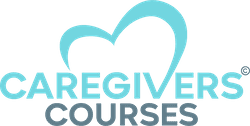Fall prevention training for caregivers is an essential part of prepping care workers to help elderly people lead a quality life. Other than medication management, caregivers are also mandated to help in the prevention of falls in care recipients. This demands not just a caring heart, but skills that can only be earned through comprehensive training.
While falls do happen at any age, the risk of serious injuries for older people is much higher, especially if it’s an unexpected fall. About 3 million people of old age are admitted to emergency departments as a result of fall-related injuries. While some of the falls occur unexpectedly, training caregivers can help prevent and substantially reduce the fatality of injuries. Through fall prevention handouts and training, caregivers are equipped with the skills and knowledge to reduce the risks of falls by making the surroundings of care recipients safer.
In this expert guide, we will focus on the importance of fall prevention training and comprehensive insights into how caregivers can effectively curb falls in care recipients.
Why is Fall Prevention Training For Caregivers Important?
While fall prevention handouts for caregivers are crucial, it’s only through training that care workers can adequately perform their mandate of preventing falls. Training helps broaden the knowledge and skills of a caregiver to identify potential risks of falls.
That’s not all; here are a few more reasons why Fall prevention training for caregivers is crucial:
Understanding the impact of falls
After undergoing fall prevention training, you’ll feel more empowered and better equipped to reduce the risks of serious fall-related injuries. Falls present devastating consequences that alter the quality of life, especially for older people. Falls can cause fractures, soft tissue damage, and head injuries.
In more serious situations, these injuries may demand hospitalization or surgery, ultimately affecting the overall health of the care recipient. Moreover, older people may experience shattered confidence, making it difficult to perform certain activities. The injuries related to falls come at a cost that places a heavy financial burden on families and healthcare systems.
Empowering caregivers

With caregivers adequately trained in fall prevention, lifting and transfer techniques they are empowered to help care recipients live a confident life. Through the knowledge and skills earned, a caregiver can identify the risks of falls, take preventive measures, and adequately respond when an accident occurs. In a bid to help caregivers perform their duties effectively, some healthcare facilities have fall prevention brochures for hospitals that help in educating caregivers.
Cutting down healthcare costs
The costs associated with treating injuries in older people resulting from falls can be a burden for families. In a study conducted among 900, 635 patients, it’s estimated that the total expenses of a fall stood at $62,521, irrespective of whether it was noninjurious or not.
Even though patient education on fall prevention in hospitals can prepare older people to avoid falls, it’s the caregiver’s input that ultimately bears substantial results in preventing falls. Therefore, with an adequately trained caregiver around, it can significantly reduce the risks of falls. Subsequently, it will help reduce the costs of treatment of fall-related injuries.
Identifying The Risks of Fall
As people age, their muscles wear out in what is termed sarcopenia, and this predisposes them to the risk of falls. Therefore, that means a fall can happen even when an older person or a caregiver least expects it. however, certain circumstances pose risks of falls in seniors. It’s the caregiver’s responsibility to identify these risks and take preventive measures to stop possible fall accidents.
Here are various ways caregivers can identify fall risks in advance to prevent a fall:
Comprehensive care recipient assessment
The first step towards fall prevention is performing a comprehensive assessment of a recipient’s cognitive, environmental, and physical factors. This requires close cooperation with healthcare professionals so caregivers are well-informed about all possible risk factors surrounding the care recipient.
Most importantly, vision assessment is of extreme importance as it significantly helps in identifying issues early and correcting them. This is achievable by coordinating elderly people’s eye health care and ensuring they’re assessed regularly.

Caregivers should accompany their recipients during appointments and be attentive to collect as much information as possible. During the visit, caregivers should also inquire about a fall prevention handout for patients to use while at home with the recipient.
Knowledge of the recipient’s health conditions
Certain ailments and conditions affect a person’s mobility and balance, therefore increasing the risks of falls. Caregivers should be informed about such conditions and how they predispose a care recipient to the risk of a fall. Some of the conditions that increase the risks of falls in older people include Parkinson’s disease, diabetes, and arthritis.
Medications
One of the key responsibilities of caregivers is the recipient’s medication management. This means administration, storage, and offering assistance when side effects come into play. It’s the caregiver’s responsibility to know which medications increase fall risks by causing drowsiness and dizziness.
While fall prevention training for caregivers offers knowledge about some of the medications that increase the risks of falls, a hands-on approach can help. This requires maintaining a detailed record of the care recipient’s medication and closely working with healthcare providers to reduce the risks.
Home surroundings
Older people are more susceptible to falls when their surroundings are poorly lit, slippery, or cluttered. Caregivers need to assess the environment and make necessary changes such as availing grab bars, improving lighting, and getting rid of tripping hazards.
Behavioral risks
Some risks are behavioral, such as making sudden movements, moving without aid, or waking up hastily. While it can be hard for caregivers to prevent these, educating the care recipient about the potential risks of such behaviors can help. In addition, older people should always request assistance when about to move to reduce the risks of falls.
Other behavioral risks that caregivers should be aware of include fall history, poor nutrition, and an inactive lifestyle.
How Can Caregivers Prevent Falls In Care Recipients
Apart from knowing the risk factors, caregivers should be well informed on how to prevent falls. Here are the various ways of preventing falls early enough:
Care recipient’s education and awareness
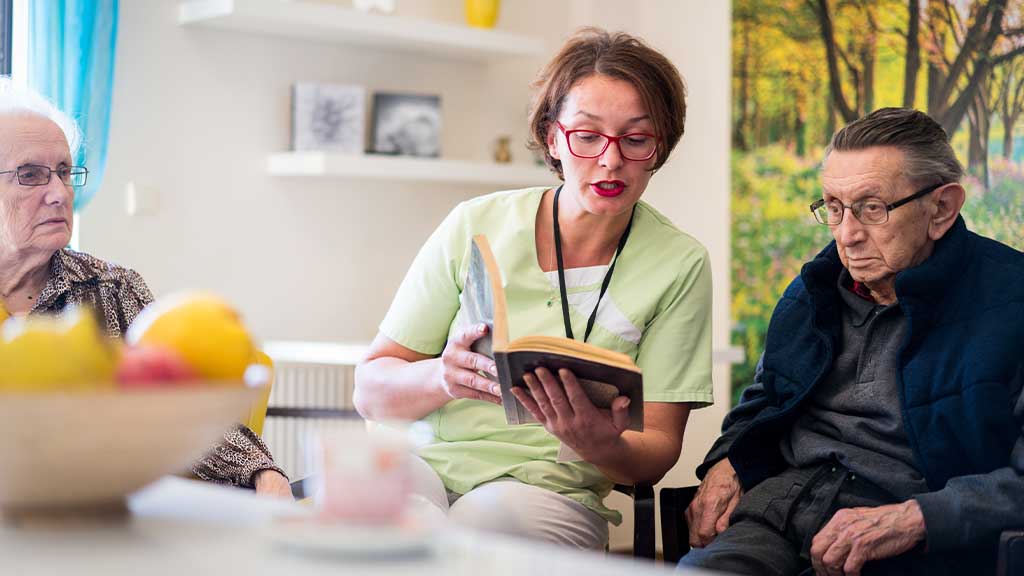
It’s not surprising that most older people think that they can’t fall until it happens. To avoid this, caregivers should educate persons in their care about the risks of falls and how to prevent them. The education should include safe exercise methods, vision assessment, choice of footwear, and medication management, among other important topics. Using a CDC fall prevention handout will also help impart the knowledge and make it easier to remember and avoid risk factors.
Inquiries about feelings of dizziness and their overall body balance can help a great deal in assessing the risks. By helping the elderly be aware of their risk factors, they can take precautions early enough to avoid a fall.
Strength and balance exercises
Keeping the body active through exercise programs focusing on strength improvement can also help the care recipients. By exercising regularly, the elderly can learn to maintain proper balance and gain flexibility, therefore reducing the risk of falls. Caregivers can also use fall prevention handout occupational therapy to help the elderly move with ease.
Use assistive devices
Keeping assistive devices like walkers and canes in good condition can help with mobility and stability. Caregivers need to assess the elderly under their care and understand the assistive devices they need for movement. Also, they should ensure the devices are always maintained and serve the recipient’s needs.
Home modifications
A caregiver doesn’t have to be a home improvement expert to know what needs to be modified to suit an elderly’s needs. Through fall prevention training for caregivers, they can learn about making adjustments at home to best serve the recipient’s needs.
Some of the modifications include installing non-slip flooring, grab bars, and handrails, and replacing dim lights with brighter ones.
Vision and hearing assessment
Regular assessment of a care recipient’s vision and hearing is crucial. Caregivers should be alert at all times to detect any impairment even when an elderly is not willing to disclose it readily. Corrective measures like eyeglasses and hearing aids can substantially improve their perception therefore reducing fall risk.
Use of protective equipment
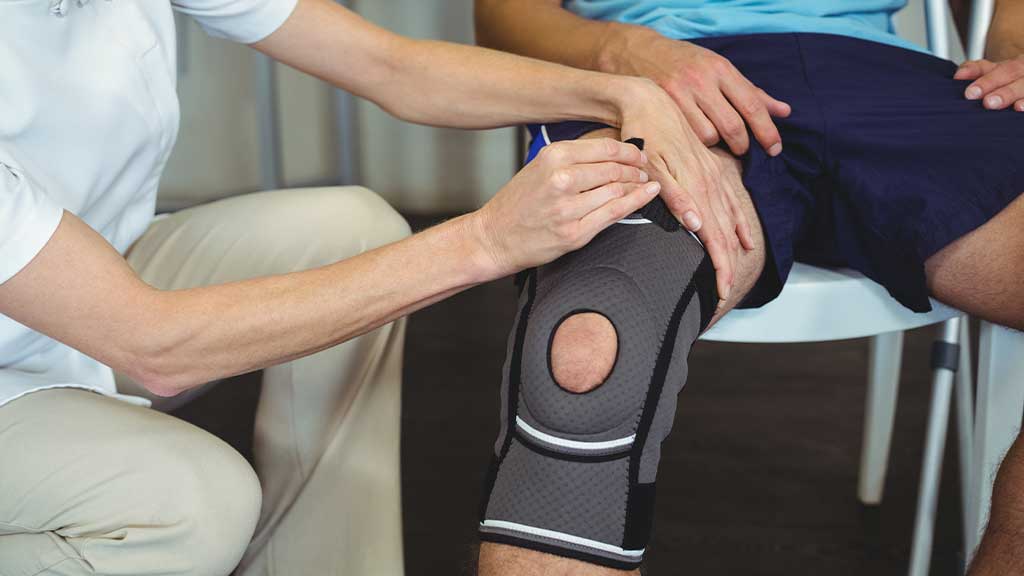
Some older adults are more prone to fall than others. Caregivers can have older adults under their care wear protective equipment against injurious falls. Some of this equipment includes hip protectors, helmets, and knee and elbow pads.
Understanding the risk factors can help caregivers take necessary precautions to prevent falling. Both caregivers and care recipients should actively partake in the prevention of falling, whether away or at home.
What’s Entailed In Fall Prevention Training For Caregivers
A typical fall prevention training follows the CDC fall prevention guidelines to equip care workers with suitable skills. While the training is broad and detailed, it’s necessary to understand what it entails and what caregivers should expect at the end.
Causes and risks of falls in older people
The fall prevention training for caregivers addresses the different causes of falls in old age people. It also helps in identifying common risk factors such as health conditions, environmental hazards, and medications. After the training, a caregiver should know how to carry out a comprehensive assessment to identify an elderly person’s risk profile.
Communication skills
Effective communication with the care recipient and healthcare professionals is crucial for caregivers. It helps them to share useful information that helps in preventing the risk of falls. Communication with the care recipient should be open to ensure their needs and preferences are understood and addressed accordingly.
Fall response
At times, no matter how well prepared a caregiver and the recipient are, a fall can still happen. How should the caregiver respond? A CDC fall prevention checklist may also contain response measures to be undertaken. However, fall prevention training ensures that caregivers can quickly respond to prevent a fatality. The training prepares the caregiver to assess individuals for injuries, administer first aid, ensure comfort, and seek medical help.
Assistive device use
Caregivers can learn about the different types of assistive devices, how to use them, and how to choose the right one for their care recipient. Additionally, can learn how to guide recipients in using a device.
Exercise and mobility
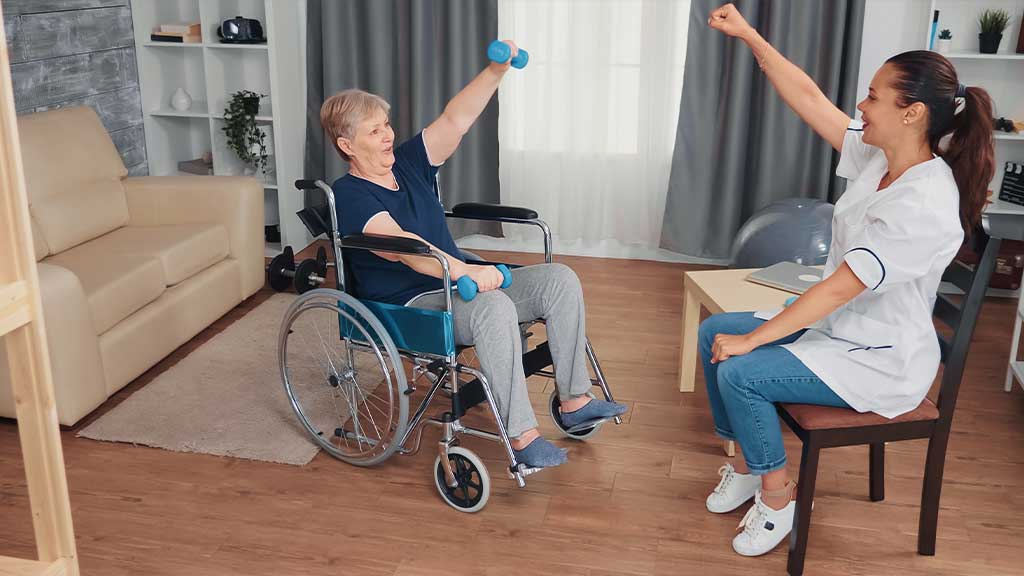
Fall prevention training for caregivers covers appropriate mobility and exercise techniques to help care recipients strengthen their balance. After the training, caregivers should know how to guide recipients through the exercises while maintaining safety.
Summary
Fall prevention training for caregivers plays an important role in ensuring caregivers provide the best assistance to care recipients in preventing the risk of falls. The training helps care workers understand fall risk factors, implement preventive strategies, and respond effectively during fall accidents. The knowledge and skills imparted can significantly help reduce fall incidences and related consequences.
Comprehensive fall prevention training equips caregivers with the confidence to help care recipients lead a more independent life. Fall prevention is more than a responsibility; it’s a compassionate and important facet of caregiving.
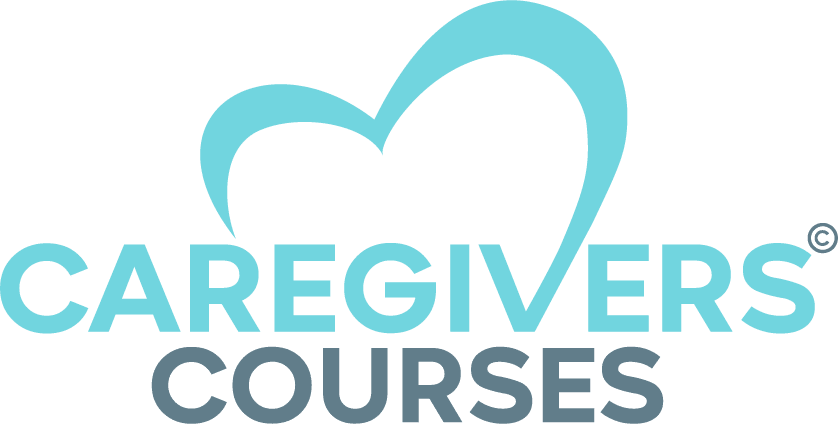

![Self-Care for Caregivers [Tips from Experts]](https://caregivercourses.net/wp-content/uploads/2024/07/Self-Care-for-Caregivers-Tips-from-Experts-300x169.jpg)


